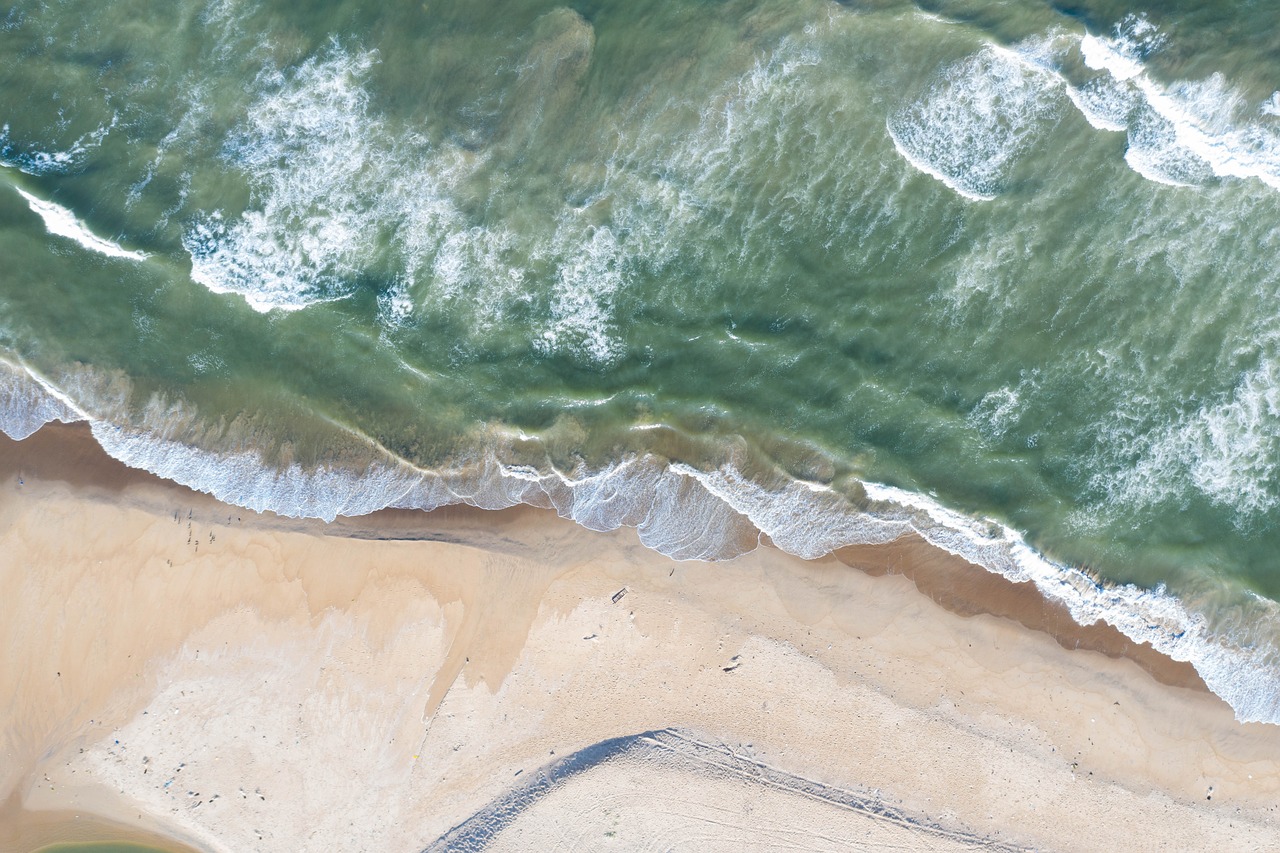Drone photography offers a unique perspective, capturing breathtaking aerial views and creating stunning visual storytelling. Whether you’re an amateur or professional drone photographer, there’s always room for improvement to take your shots to new heights. Here are some tips to enhance your drone photography skills:
1. Know Your Drone:
Familiarize yourself with the features and capabilities of your drone. Understand its flight modes, camera settings, and any limitations it may have. Regularly update the firmware for optimal performance.
2. Practice Your Flying Skills:
Flying a drone smoothly and confidently is crucial for getting great shots. Practice flying in open spaces, away from obstacles, and in different weather conditions to build your flying skills.
3. Compose with Purpose:
Treat your drone shots like any other photograph. Pay attention to composition rules such as the rule of thirds, leading lines, and symmetry. Compose your shots with purpose to create visually appealing images.
4. Utilize Filters:
Consider using polarizing filters or ND (Neutral Density) filters to control light and reduce glare. These filters help improve color saturation, reduce reflections, and achieve more balanced exposures.
5. Master Exposure Settings:
Learn to control your drone’s exposure settings manually. Adjust the ISO, shutter speed, and aperture to achieve the desired exposure, especially in challenging lighting conditions.
6. Plan Your Shots:
Before taking off, plan your shots and scout the location. Use mapping apps or satellite imagery to identify interesting viewpoints and potential obstacles. Pre-planning will save time and ensure better results.
7. Embrace Golden Hours:
Capture drone shots during the golden hours, shortly after sunrise and before sunset. The soft, warm light during these times adds a magical touch to your photographs.
8. Mind the Wind:
Be mindful of wind conditions while flying your drone. Windy conditions can affect stability and image quality. Avoid strong winds and consider using the drone’s gimbal stabilization feature.
9. Create Motion:
Explore different flight techniques to add dynamic motion to your shots. Try flying in circles, tracking subjects, or using “dronie” techniques to create interesting and engaging footage.
10. Add Scale and Depth:
Incorporate elements like people, buildings, or vehicles in your shots to add a sense of scale and depth. These elements provide context and make the scene more visually engaging.
11. Edit with Care:
Post-processing is an essential part of drone photography. Use photo editing software to fine-tune colors, contrast, and exposure. Avoid excessive editing to maintain a natural and realistic look.
12. Respect Laws and Regulations:
Always follow local laws and regulations regarding drone usage. Respect privacy, airspace restrictions, and designated no-fly zones to ensure safe and responsible drone photography.
Conclusion:
Improving your drone photography skills takes practice, patience, and a creative eye. By understanding your drone’s capabilities, mastering composition, and planning your shots, you can capture stunning aerial imagery. Embrace the art of drone photography, and with each flight, you’ll soar to new heights of visual storytelling and creativity.



